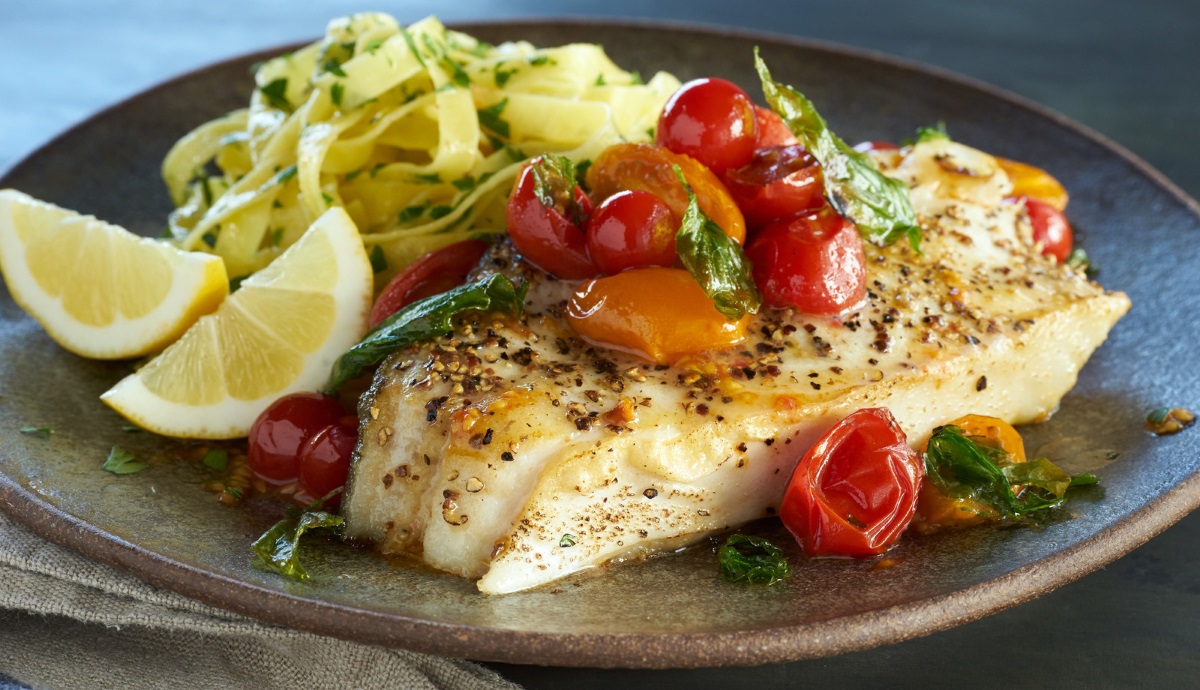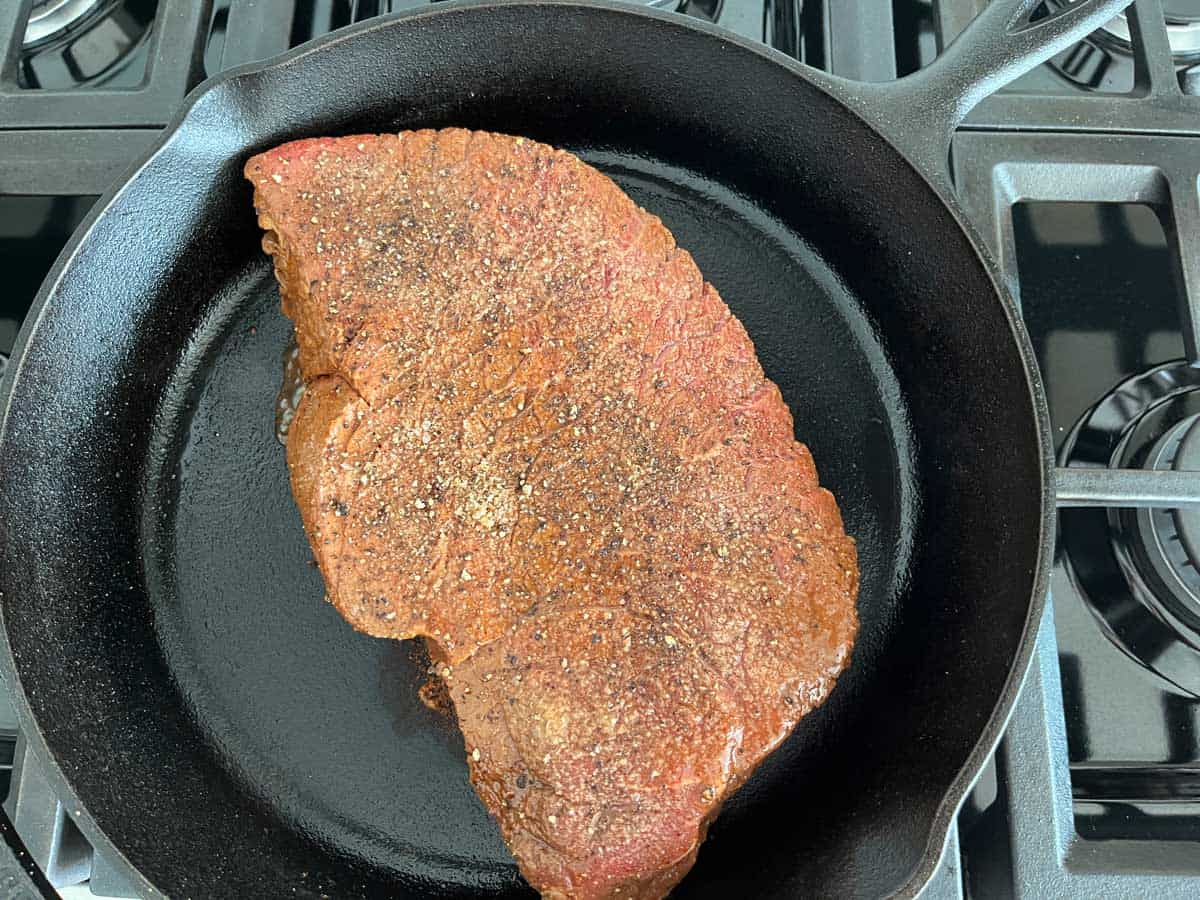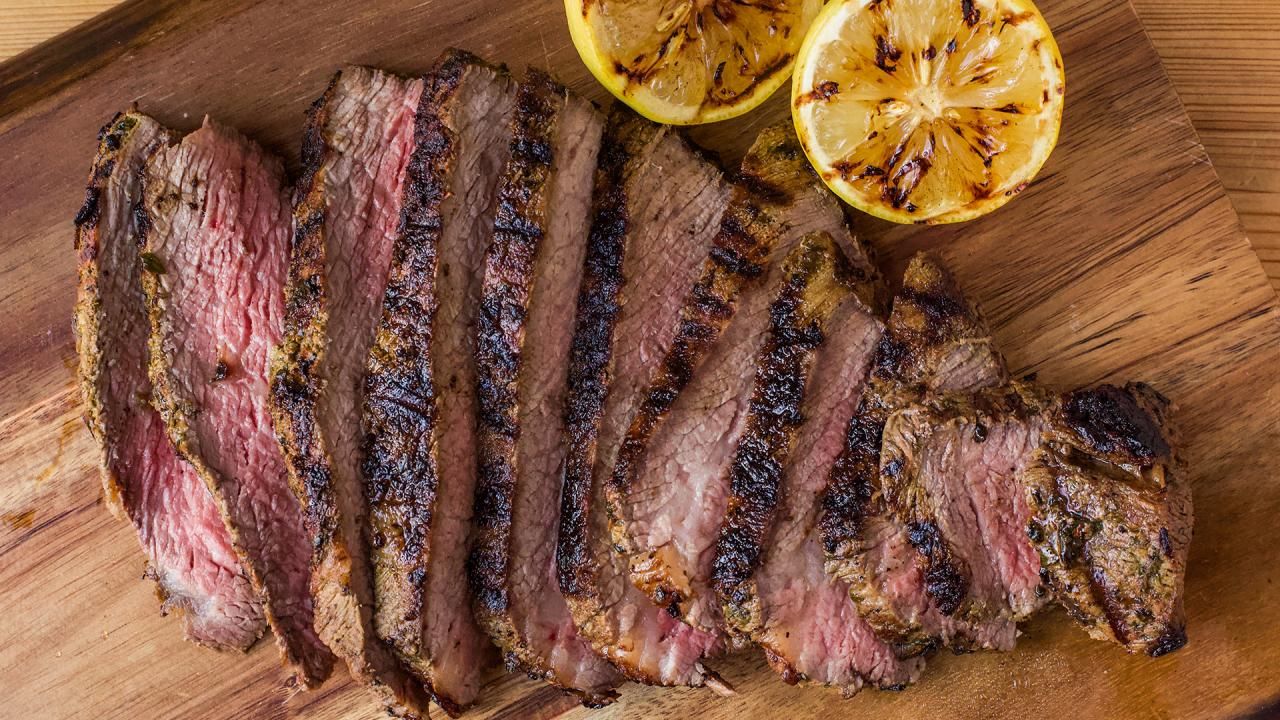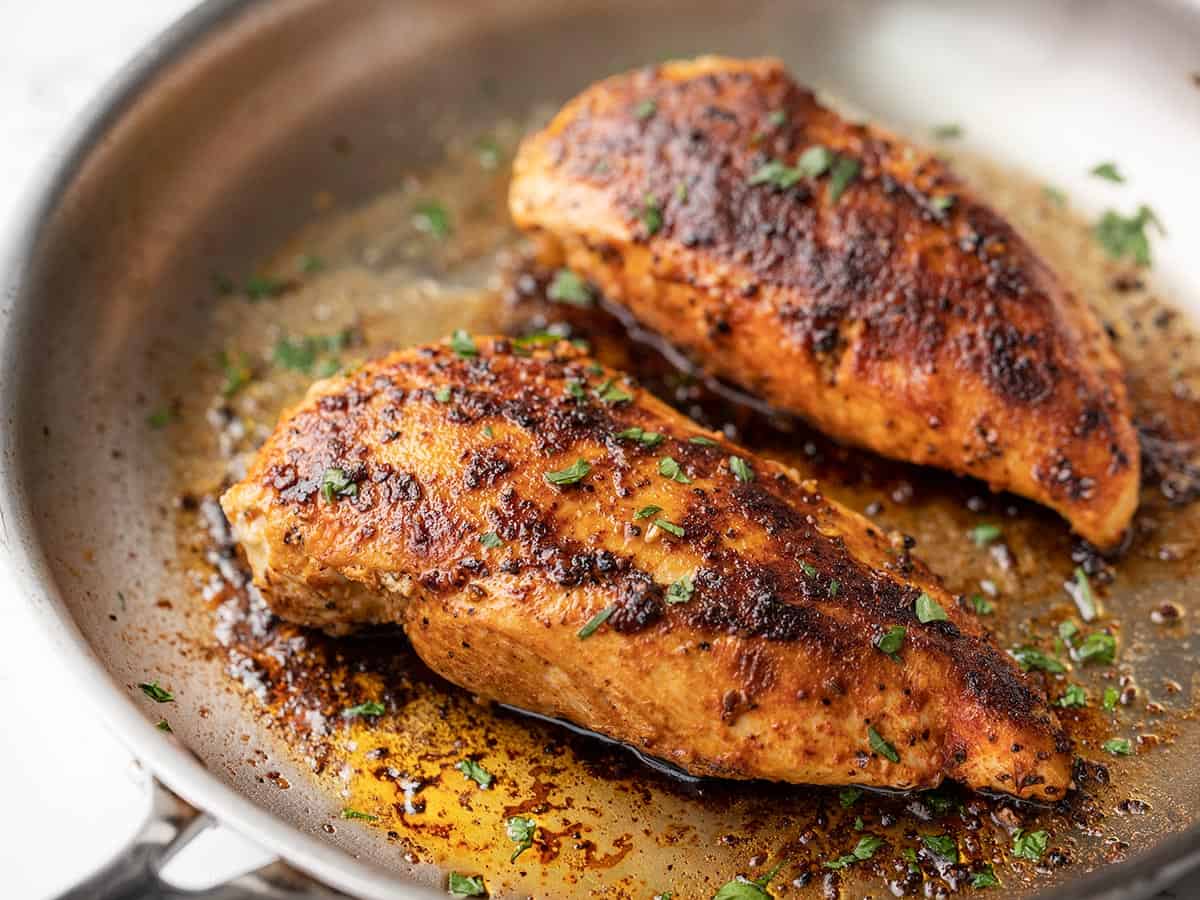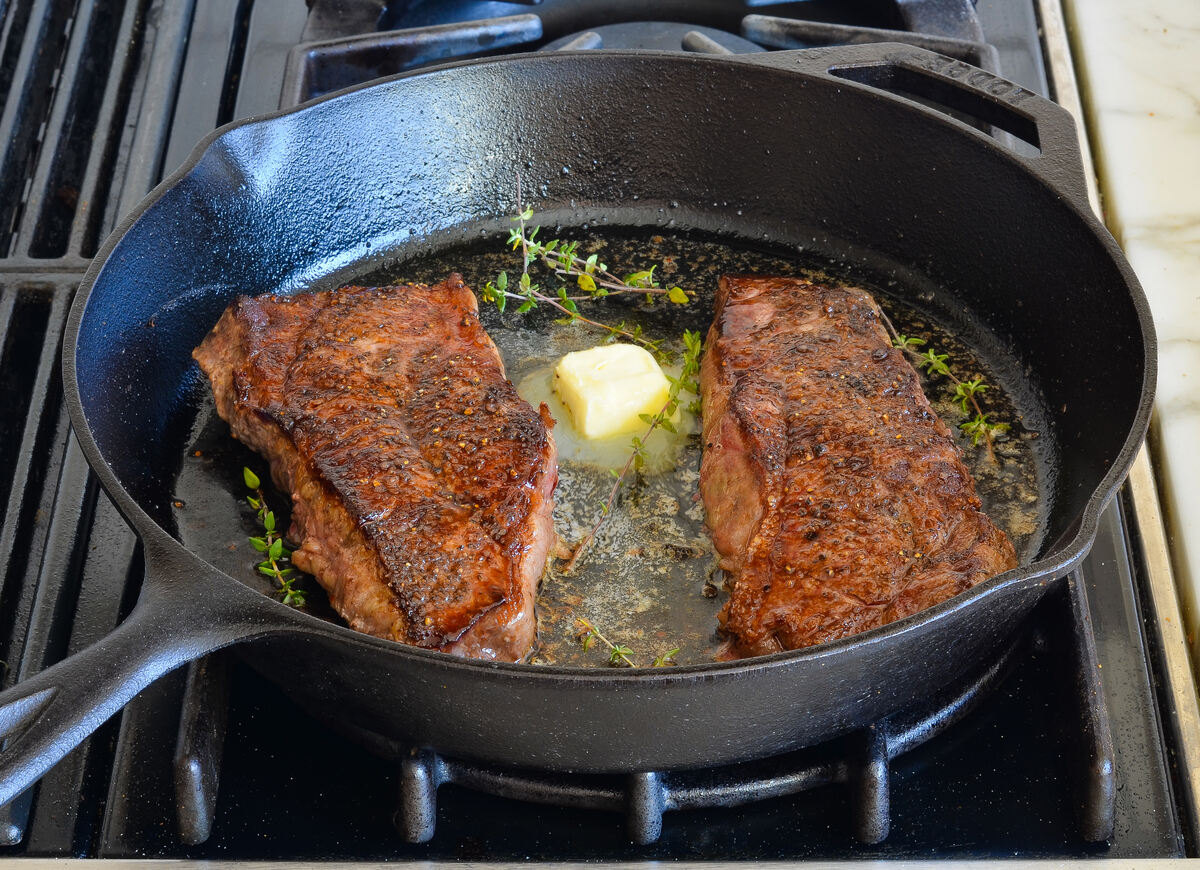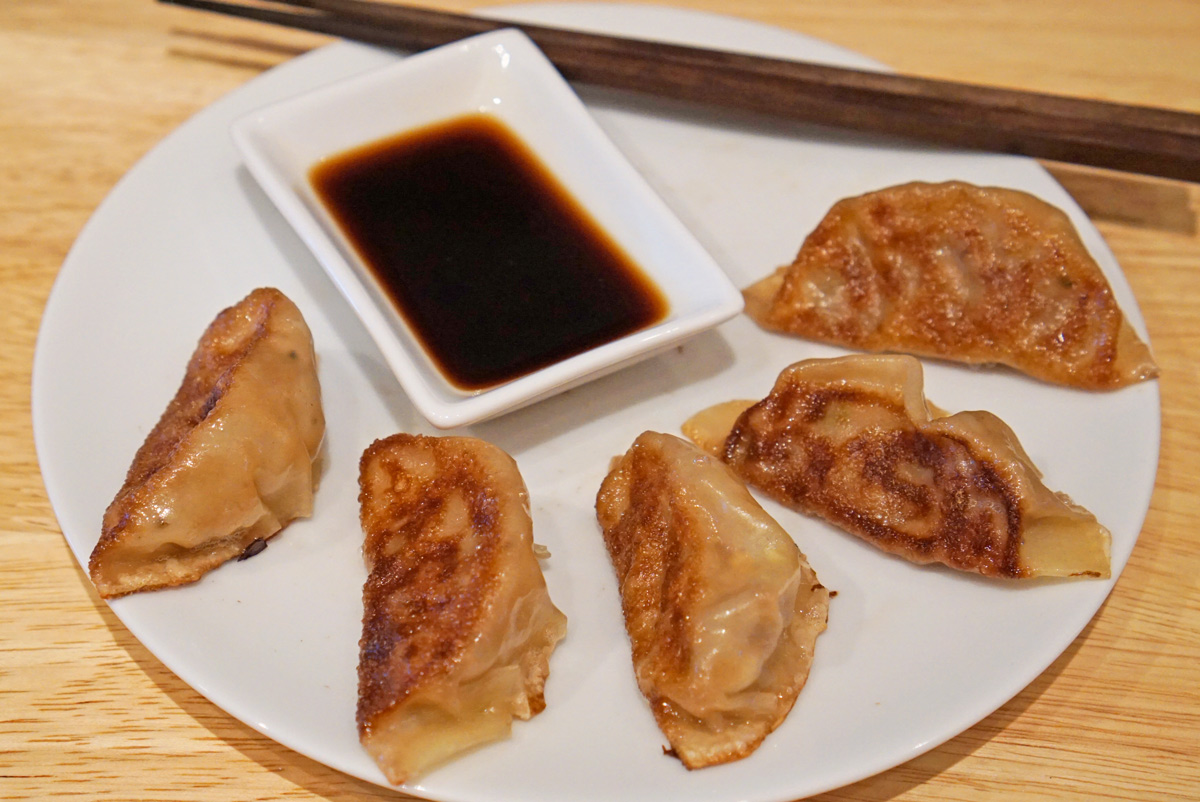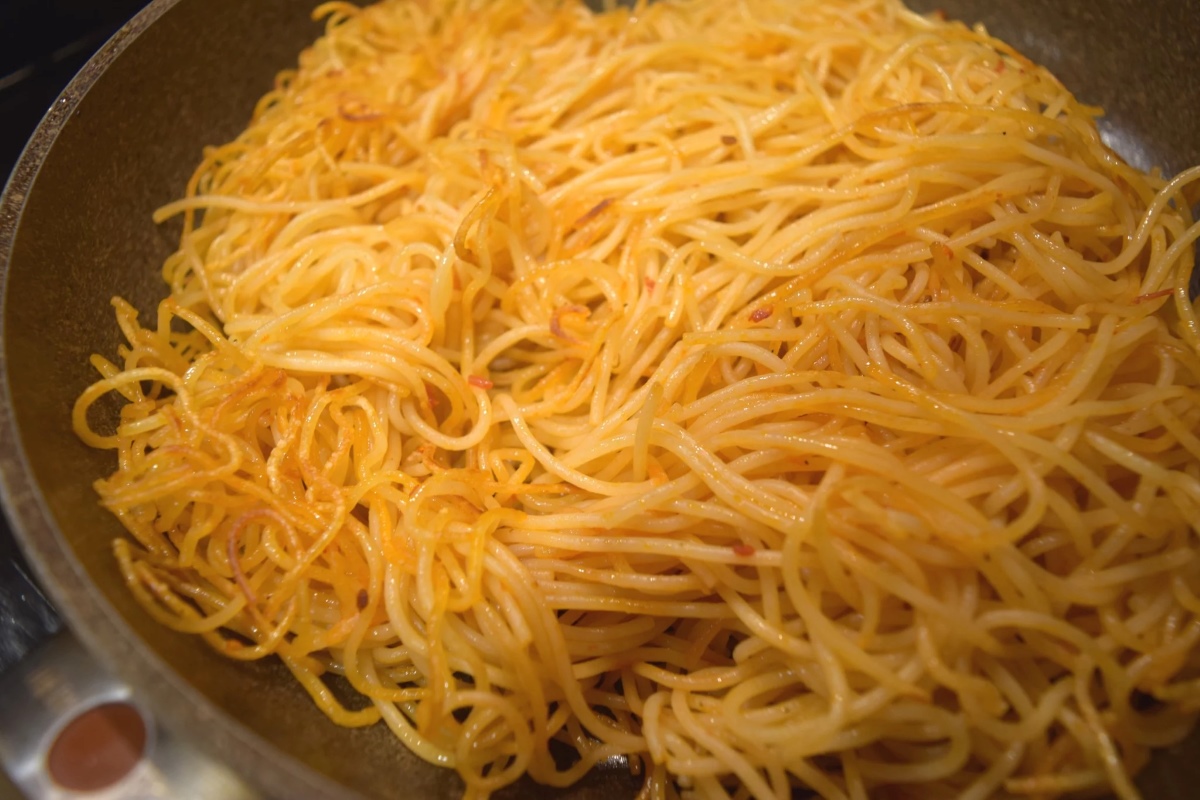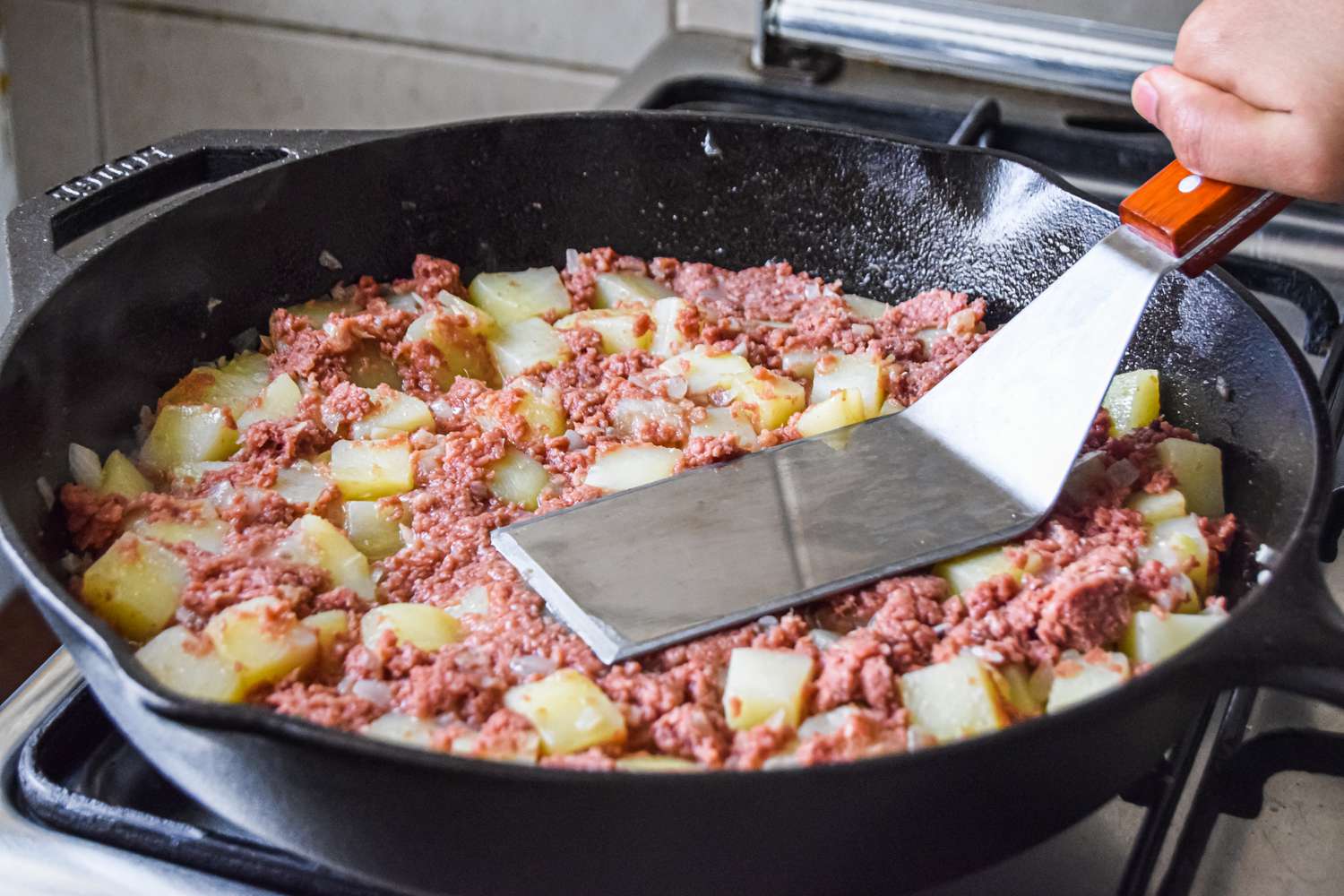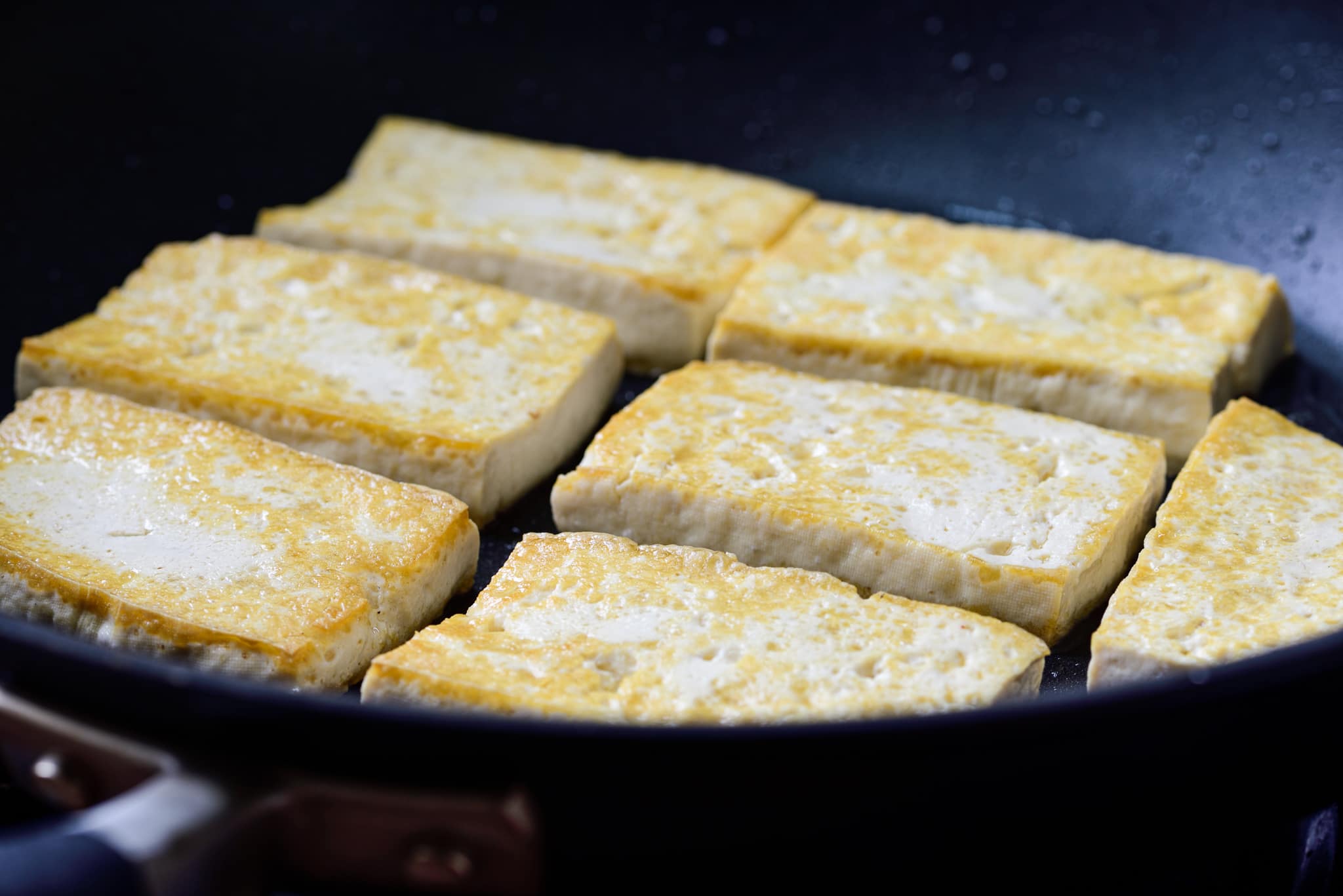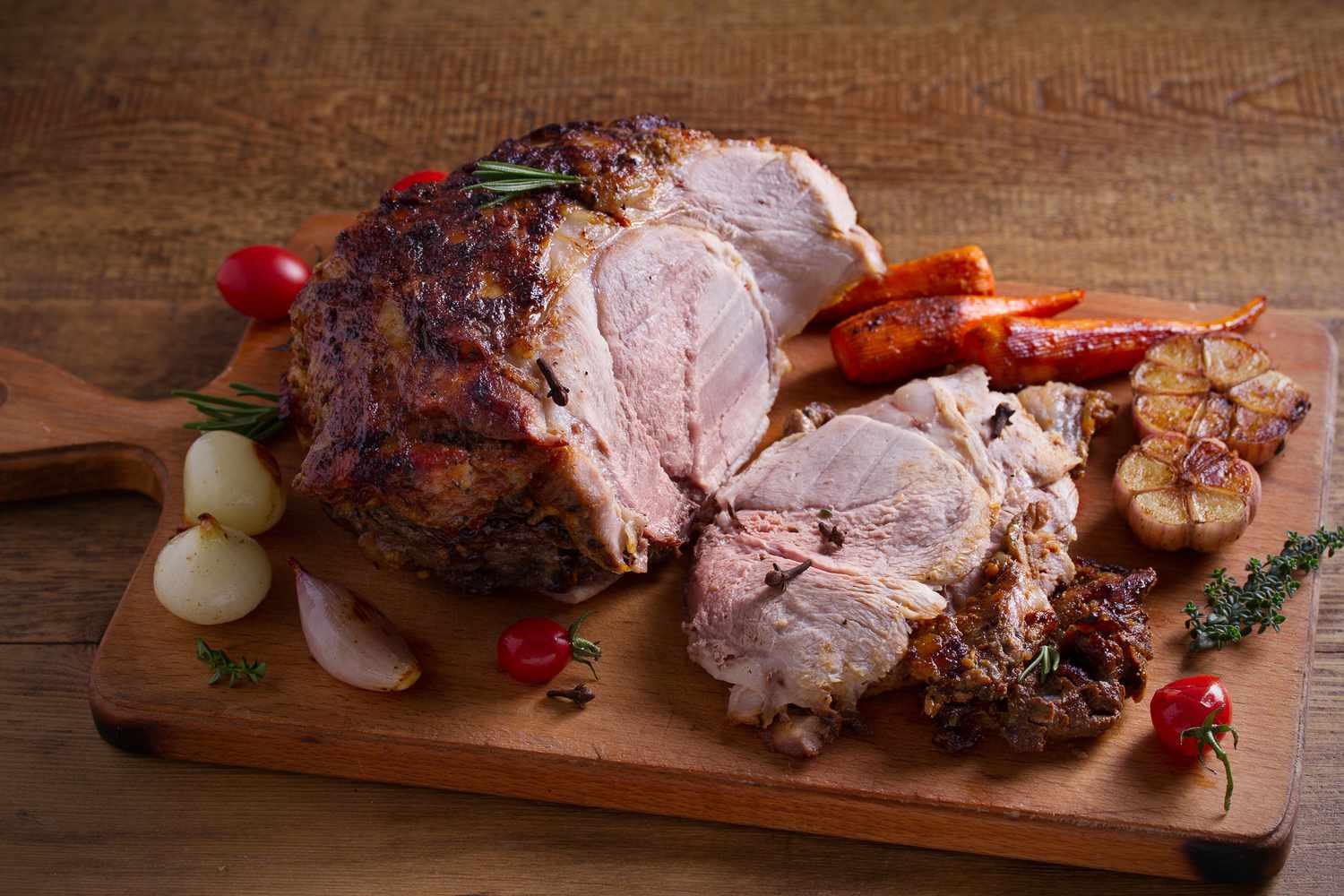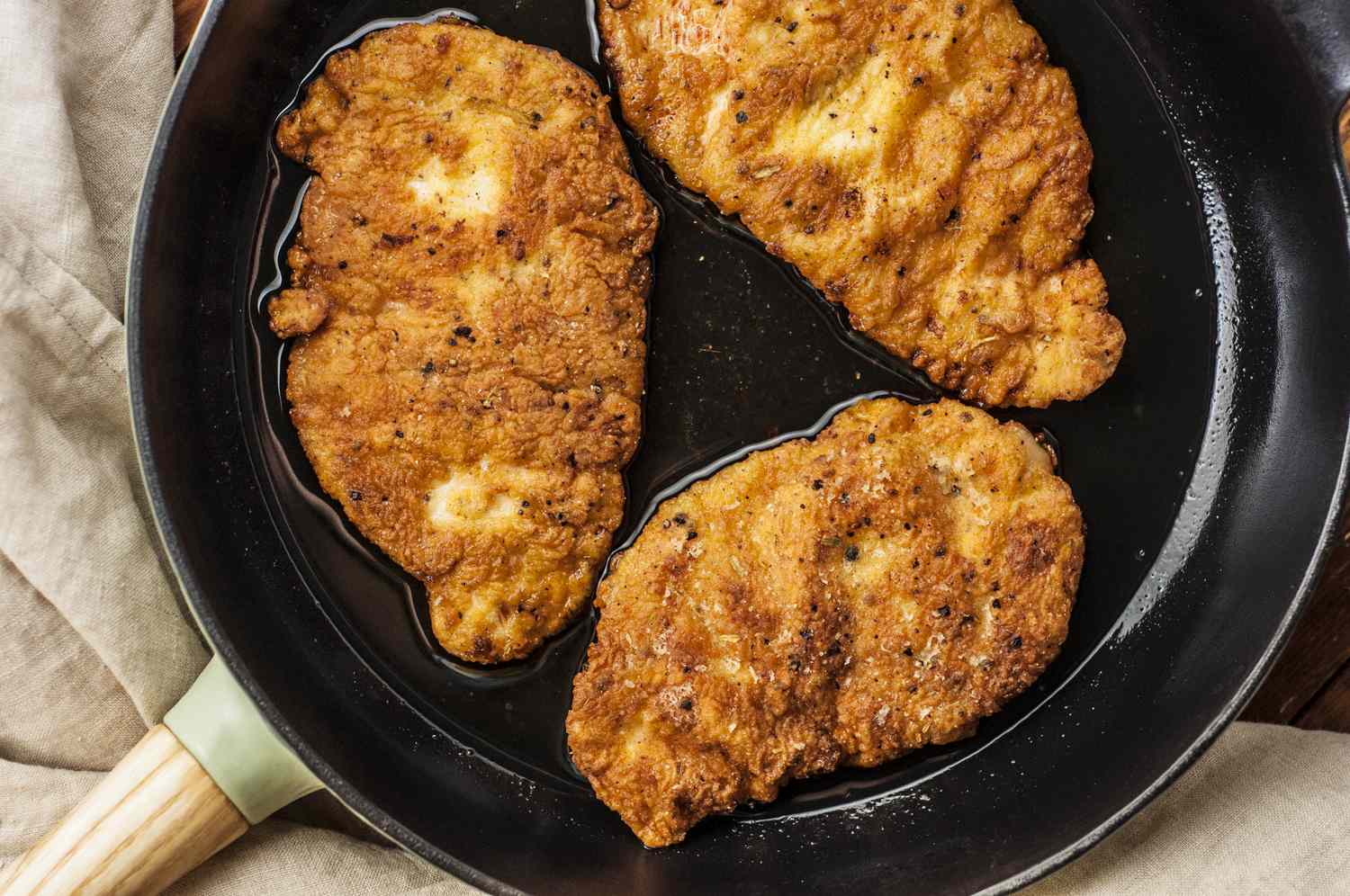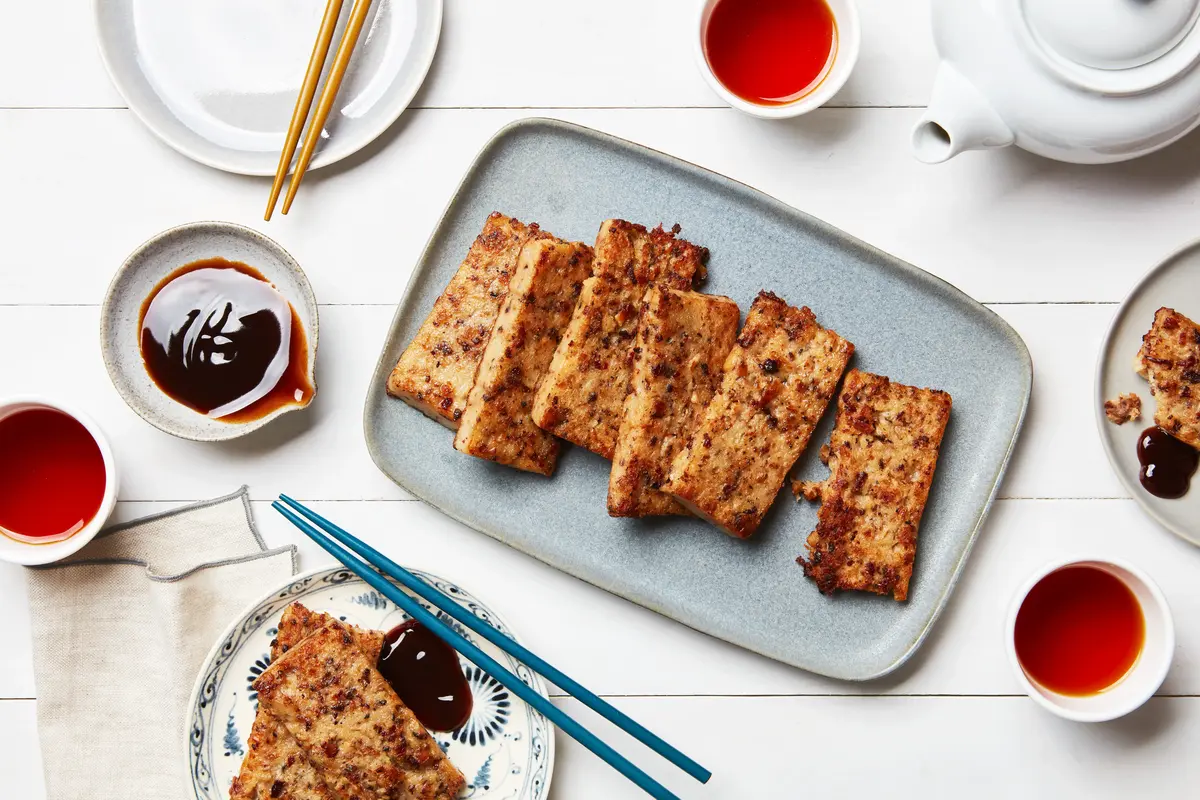How To Fry Pheasant
Welcome to our expert guide on how to fry pheasant to perfection! Whether you’re a seasoned chef or a cooking enthusiast looking to explore new flavors, frying pheasant can be a delicious and exciting culinary adventure. In this blog post, we will share our tried and tested tips to ensure that your fried pheasant is crispy on the outside, juicy on the inside, and bursting with flavor.
1. Choose the Right Pheasant
The first step to achieving a delicious fried pheasant dish starts with selecting the right bird. Look for fresh, high-quality pheasant from a reputable butcher or specialty store. The fresher the bird, the better the flavor!
2. Prepare the Pheasant
Before frying, it’s essential to prepare the pheasant properly. Start by rinsing the bird under cold water and patting it dry with paper towels. You can season the pheasant with your preferred spices and herbs to enhance the taste. Some popular options include garlic powder, paprika, thyme, or rosemary.
3. Coat with Flour
To achieve a crispy, golden exterior, coat the prepared pheasant with flour. This helps to seal in the juices while creating a crispy crust when fried. Place the pheasant in a bag with seasoned flour, seal it tightly, and shake well to ensure an even coating.
4. Heat the Oil
The key to perfectly fried pheasant is the right temperature of the oil. Heat vegetable oil or a cooking oil of your choice in a deep skillet or frying pan. Aim for a temperature between 350°F and 375°F (175°C to 190°C). Using a cooking thermometer can help you achieve the ideal temperature.
5. Fry the Pheasant
Once the oil reaches the desired temperature, carefully place the coated pheasant into the pan. Be cautious to avoid overcrowding the pan as it can lower the oil temperature and affect the crispiness. Fry the pheasant for about 8-10 minutes per side, or until it turns a beautiful golden brown.
6. Drain and Rest
After frying, remove the pheasant from the pan and place it on a wire rack or paper towels to drain any excess oil. Let the pheasant rest for a few minutes to allow the juices to redistribute, ensuring a moist and tender outcome.
7. Serve and Enjoy!
Now that your perfectly fried pheasant is ready, it’s time to indulge in its delightful flavors. Serve your pheasant alongside your favorite sides, such as roasted vegetables, mashed potatoes, or a fresh salad. The crispy skin and succulent meat of the fried pheasant are sure to impress your taste buds and those of your lucky guests!
Remember, practice makes perfect, so don’t be discouraged if your first attempt doesn’t turn out exactly as expected. With time and experience, you’ll master the art of frying pheasant and create a dish that will have everyone coming back for more.
So why wait? Dust off your frying pan, unleash your culinary skills, and get ready to savor the tantalizing flavors of fried pheasant. Happy cooking!
Was this page helpful?
Read Next: How To Fry Venison Steak
